16 green vegetables that are great for your health

Anyone who has even a little bit of knowledge on nutrition knows that vegetables, and in particular green ones are crucial to a healthy lifestyle. They are the some of best foods you can eat, if you are looking to improve your overall health.
Green vegetables are nature’s multivitamin and are packed with antioxidants and nutrients such as vitamins A, C & K, calcium, potassium and iron, to name a few.
These nutrients are necessary for maintaining many different processes in your body, including reducing levels of bad cholesterol, improving your vision, helping to manage your weight and boosting your immunity.
Additionally, they are an excellent source of fiber and water, which keep your digestive system in check.
Below is a list of 28 of the best green vegetables (in no particular order) that you should be eating more of.
- Kale
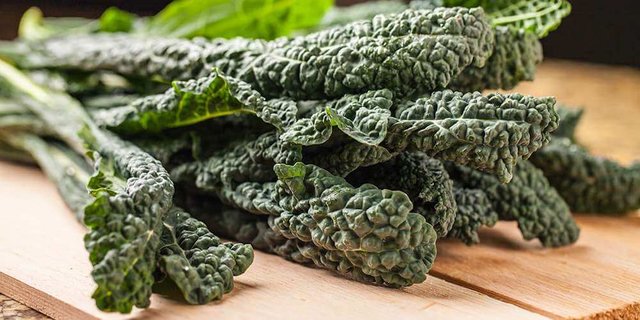
Kale has often been considered by many people to be the most healthy food on the planet, and rightly so. Personally, I have never been a huge fan of eating kale on its own – I simply don’t like the taste. However, kale can be used in many different ways in the kitchen; one such way is to use it in smoothies, which I have been doing a lot recently. If you are stuck for kale recipe ideas, check out this book.
Kale is a powerhouse of nutrition. Eat one cups worth and you will get 3g of protein (yes you read that right!), 206% of your RDA of vitamin A, 134% of your RDA of vitamin C and 684% of your RDA of vitamin K. All of this for just 33 calories.
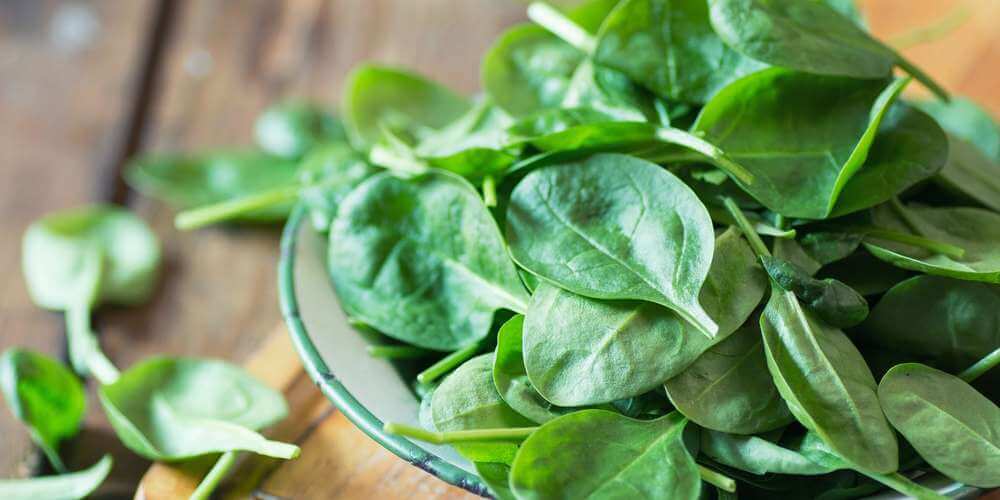
Popeye loves his spinach and you should to – it will make your body much stronger. The consumption of spinach has been associated with prevention of cancer and asthma, lowering of blood pressure, promoting healthy looking skin & hair and the management of diabetes.
This study even showed that consuming a shake containing spinach in the morning could have a significant effect on hunger and help to promote weight loss.
I love to eat my spinach steamed as a side dish, but you can also use if as part of a salad or in soups. For inspiration, check out this book on 40 delicious and nutritious spinach recipes.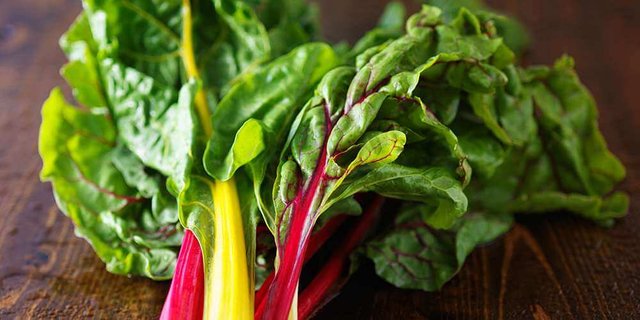
Swiss chard (or simply chard) is a big part of Mediterranean cuisine. The stems of the leaf come in an array of different colours including pink, yellow, white and green, making it a wonderful addition to the kitchen.
Similar to kale and spinach, it is a leafy green vegetable that is rich in nutrients, the main ones being vitamin K, vitamin A, vitamin C, magnesium, copper and manganese.
Swiss chard also contains kampferol, a substance that helps protect your heart, and syringic acid, which helps with blood sugar control.

Artichokes go well in salads, baked dishes or as sides. One recipe that I especially enjoy is this artichoke dip; it’s simple to make and delicious.
Artichokes contain a vast number of nutrients that benefit your health. The most notable ones are quercetin, which helps fights off cancer, silymarin, which could assist in liver tissue regeneration and rutin, which promotes cardiovascular health.

When you were a child, you would either love or really hate broccoli. I can understand why many youngsters wouldn’t want to eat these “mini-trees” – to some, they just don’t appeal to the taste buds. Luckily for me, I quite enjoyed the taste of broccoli, even when it was only served steamed, on its own.
1 cup of chopped up broccoli contains 3 g of protein, 2.4 g of dietary fiber, 135% of your RDA of vitamin C and 14% of your RDA of folate. It assists with your digestive, eye & heart health, fights cancer & aging and prevents many chronic diseases.
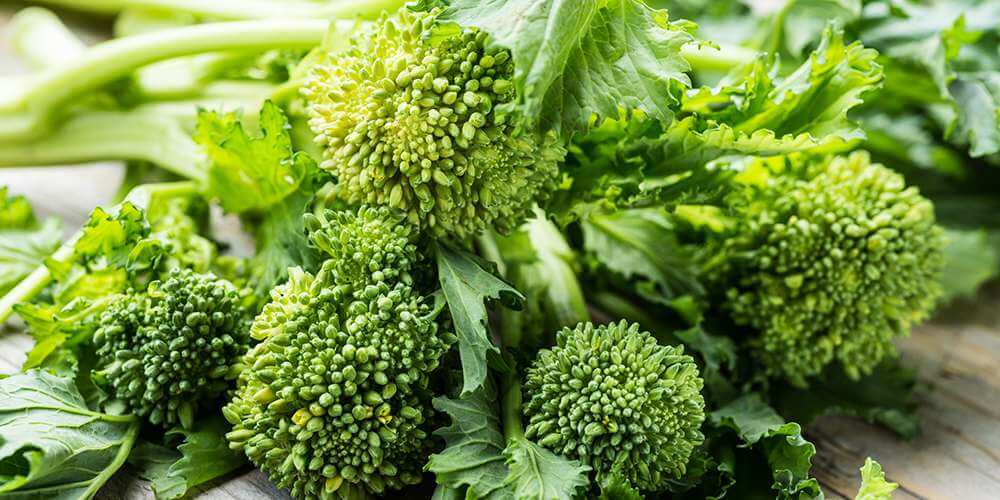
Rapini, also known as broccoli rabe, plays a big part in Italian, French and Portuguese cuisine. Similar to broccoli, it is full of beneficial nutrients including vitamins A and B6.
Consuming rapini has been linked with a reduced risk of colon cancer, the protection and repair of DNA and the prevention of stroke.
You can steam, stir fry or roast it, which makes it a very versatile ingredient in many different dishes.

Also know as the spear of the vegetable world, asparagus is usually considered to be a delicacy.
One of the major benefits of eating asparagus is its unique anti inflammatory properties. The main substances that assist with this functionality are asparanin A, sarsasapogenin, protodioscin, and diosgenin, also known as saponins.
It is also rich in anti oxidants such as vitamin C, beta-carotene and vitamin E, all of which help to fight off free radicals that cause damage to cells in your body.
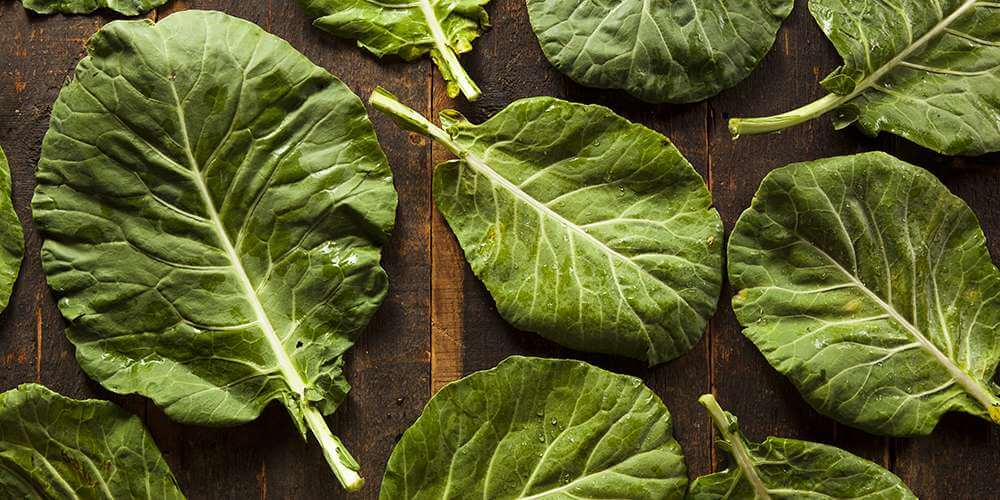
Many people who don’t live in the United States will be unfamiliar with collard greens. But these large green leafy vegetables bring with them many different health benefits.
They are not as popular as spinach and broccoli, so not much scientific research has been done on them individually. However they have been assessed as a member of a larger group, the cruciferous vegetables, and one of their main benefits that stands out is their ability to fight off cancer.
Also, one study showed that consuming collard greens was 13% more effective at lowering cholesterol than a prescription drug called Cholestyramine.

Celery is one of the least calorie dense foods on the planet; in fact it comes in number 5 in terms of lowest calories in our healthy food finder. The main reason for this is because it is mainly made up of water; 95% to be precise.
However, with that being said, the remaining 5% is very nutritious. Celery helps to reduce inflammation, aids digestion, reduces bad cholesterol and is an awesome snack for people who are trying to lose weight (dip it in some hummus!).
Use celery as an ingredient for smoothies, vegetable juices or to add some crunch in a rustic salad.

You may have heard of and even used leeks to make leek and potato soup; I think this is the dish that they are most famous for. Leeks are certainly not a big part of my diet but I do tend to eat them every once in a while, especially when they are in season.
Like many of the foods on this list, they are rich in vitamin K, which is responsible for the clotting of blood and strengthening of bones.

I am guessing that more likely than not, you haven’t heard of Kohlrabi. I certainly hadn’t, I only found out about it recently, when I was doing some research for our list of 140 healthiest foods.
It is also known as turnip cabbage or the German turnip, and is a member of the brassica family (other members include kale, broccoli and cauliflower). The brassica family has been shown to be effective in fighting off many different types of cancers.

Purslane is most likely readily available in your back yard and for many garden owners, it’s a nuisance. That’s because purslane is also a weed – a very nutritious and healthy weed.
It is native to India, however is common worldwide and eaten by many. The great thing about it is that it can grow just about anywhere.
Purslane has been shown to have neuroprotective (brain) and hepatoprotective (liver) effects. Additionally, studies have shown that it even has anti-tumour effects.
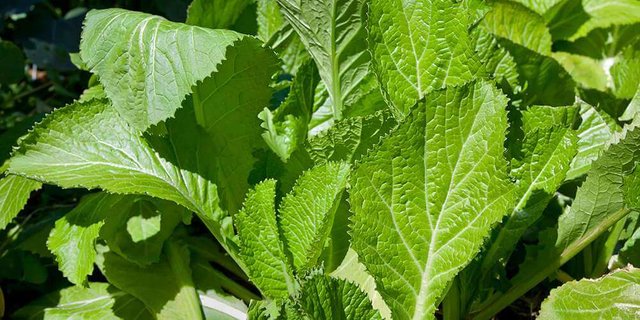
Another member of the Brassica family, mustard greens have been shown to help prevent cancer. They are rich in vitamin K, and one cup also contains a large amount of vitamin A, which is good news for your eyes. Additionally, they contain lots of antioxidants, help to detoxify the liver and also lower cholesterol.
One cup of cooked mustard greens contains only 21 calories, which makes it an excellent weight loss food. You can stir fry or steam it and add it to pasta dishes.

Scallions are also known as spring onions and are used in many different dishes worldwide. Compared to regular onions, they contain more fiber, vitamin C and potassium.
Some health benefits associated with scallions are their ability to reduce cholesterol, lower blood pressure and help protect from lung and oral cancers.
You can use them in stir fries, salads and soups.
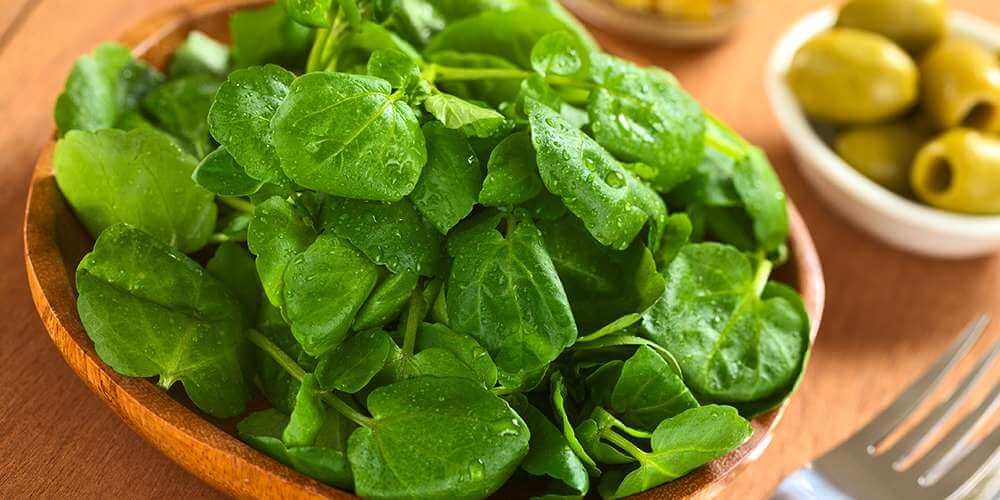
Watercress contains just 11 calories per 100g, making it the least calorie dense food on the planet that I have come across so far. However, it is very nutrient dense and contains the largest natural amounts of PEITC or phenylethyl isothiocyanate. A study has shown that this compound helps to fight off cancer.
Watercress is often used to combat coughs, flu and bronchitis. It is also very versatile in terms of how it can be eaten.
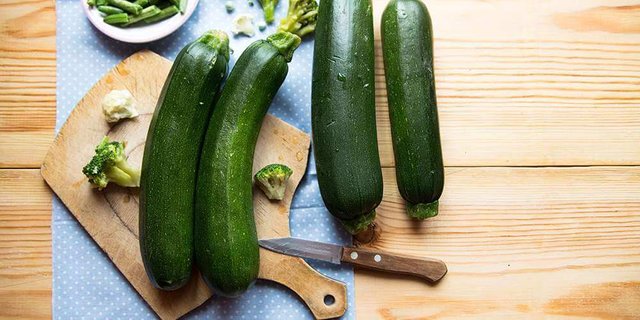
Zucchini, also known as courgette, looks like a cucumber but is in fact a summer squash. It is a common pizza topping and is popular with vegans.
Zucchini is a great source of potassium and B vitamins and is low in calories. Summer squash in general are rich in antioxidants, have anti-inflammatory and blood sugar benefits and support prostate health.
Regards
Sheikh Mughees
Intresting article really helpful.
follow for follow